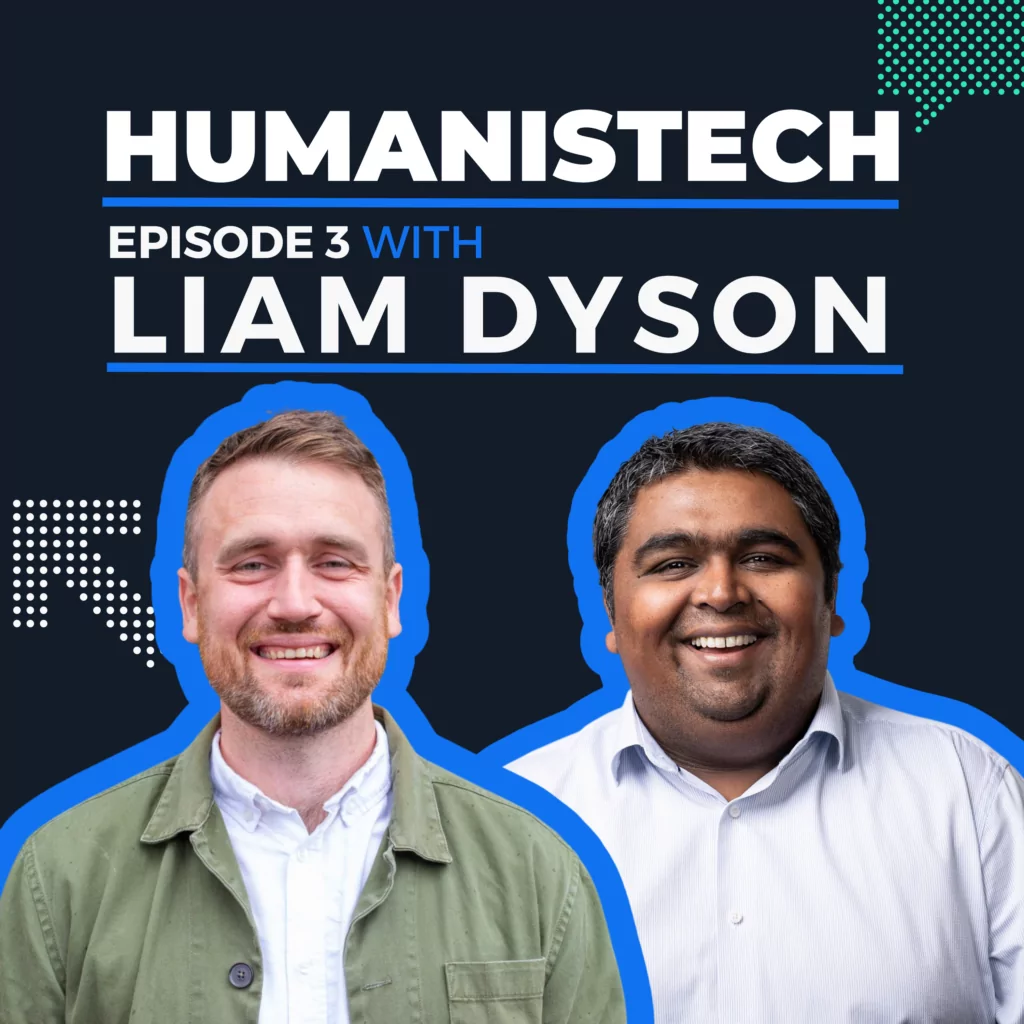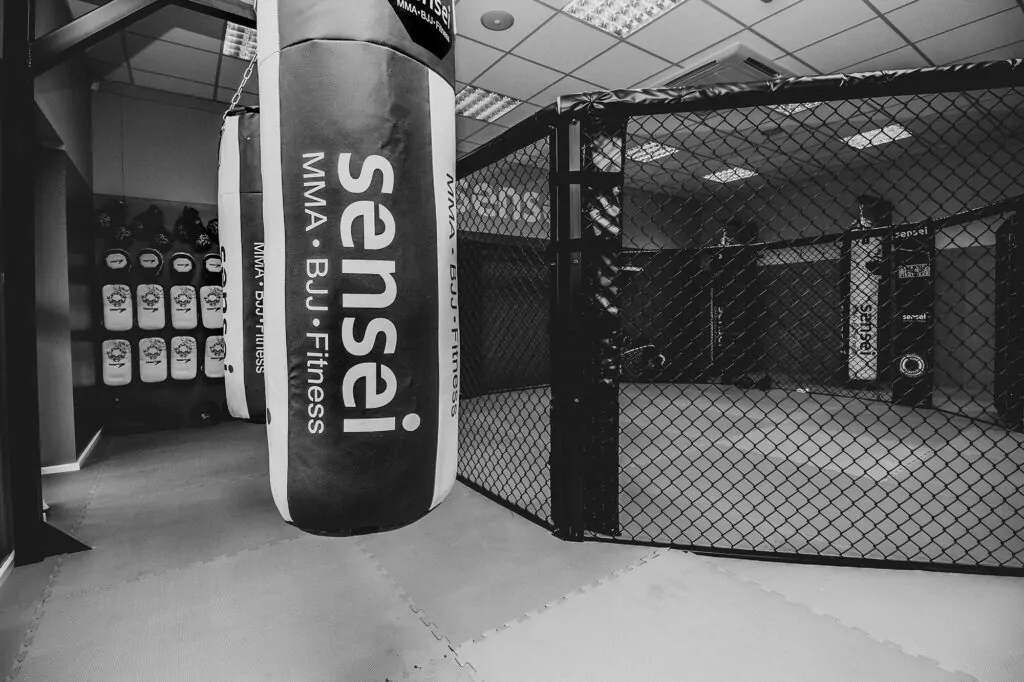On the evening of Thursday 7th June‚ our flagship event Innovate Now returned to hedgehog lab HQ.
At the event‚ we explored the concept of the fourth industrial revolution‚ and were joined by John Ferguson‚ Architecture Innovation Lead at Nissan UK. John discussed how his company are embracing industry 4.0 solutions‚ specifically in manufacturing. His entire presentation is available to listen to over on Innovate Now Podcast.
Before the event’s fifth instalment‚ we caught up with John. In the interview‚ we got to know his background and learn more about his expertise.
Can you tell us a little bit more about yourself‚ your background and your current role with Nissan?
I’ve been with Nissan since 2003. I started as a Graduate here having first arrived for an industrial placement year. Initially‚ I began as a developer‚ but I have performed many different roles since‚ including project management and technical architecture.
In my current role‚ I work in the Enterprise Architecture team as Architecture Innovation Lead. I’m responsible for many areas‚ including the coordination of our IT Innovation framework and the design of future-state architectures. I’m also responsible for managing our “tech radar” – keeping an eye on the things that are currently far out‚ and predicting how they may disrupt us.
![[object Object] [object Object]](http://images.ctfassets.net/o6514hijae09/67NrZnHTIFpFXbw8Qk1MQX/081a0228db4e301f76d98e432f484306/nissan_juke.jpg)
In early 2017‚ you won the Chairman’s Innovation Award at Nissan. Could you expand on the achievement‚ your winning idea and how the project went after receiving a budget to make the idea a reality?
The Chairman’s Innovation Award is an annual competition across Nissan Europe in which all employees are encouraged to submit innovative ideas. The creators of shortlisted ideas are then given the opportunity to pitch to the board.
In January 2017‚ my idea was judged the winner. I had proposed a technology to allow our customers to change the colour of their car to whatever they want‚ whenever they want.
As part of my reward‚ I was given six months out of my job‚ where I would instead work in a startup incubator in Paris. With the help of mobility and tech companies to explore the feasibility of the idea‚ we followed innovation methodologies such as lean startup.
Ultimately the problem wasn’t one of technology‚ but demand. We carried out multiple experiments but struggled to find a customer segment that was highly engaged in the idea.
As a whole‚ the experience was incredibly challenging. But I did learn a lot about entrepreneurship‚ the speed and agility of startups and innovation cultures. One thing I did discover the hard way is the innovation mantra of ‘fail fast’ is very easy to say‚ but in reality‚ it’s hard to pivot or let go of an idea you have an interest in.
![[object Object] [object Object]](http://images.ctfassets.net/o6514hijae09/5pHLOBgDyhi2kphlt6YbGM/382620bc4a24bc51ce7e0fe90fe2e827/john_ferguson_nissan_innovation_award_winner.jpg)
Are there any other innovative projects you’ve been involved in that you think are particularly exciting?
When I returned back to my ‘home function’‚ I was fortunate that my management team recognised the value of the experience I had gained. They were keen to adapt my role to give me an innovation brief. Since‚ I have been supporting and planning a number of POCs and research pieces within Nissan.
There are a lot of interesting developments. There are the obvious – those that most people will be familiar with‚ such as virtual reality‚ blockchain and artificial intelligence. It’s when you begin seeing these technologies merged into coherent use cases that things get exciting.
Elsewhere‚ there are some exciting advances which are entirely out of left-field. Unfortunately‚ those I can’t share! That is the nature of the industry at the moment; the market is so competitive that any moment you find even the hint of an edge‚ you’ve got to go for it.
![[object Object] [object Object]](http://images.ctfassets.net/o6514hijae09/64BE4pZ02z9KkBhApeEl50/08a47425dd0bf3f7fa454f9a62167e6f/nissan-steering-wheel.jpg)
What do you think constitutes successful innovation? What do you think its value is to a business‚ and how do you think businesses can better internally empower it?
These are the questions I imagine most large organisations are currently grappling with. As the pace of change increases‚ innovation is becoming an ever-more important topic‚ across all sectors. Most organisations recognise that being caught out by‚ or worse‚ willfully ignoring disruption can be catastrophic. We’re acutely aware that we’re one significant disruption away from being the next Blockbuster Video.
In larger companies‚ there’s the danger of a tick-box approach. A CEO can set up a lab in Silicon Valley and announce the company ‘does’ innovation‚ but this can be a signal to internal employees it happens ‘somewhere else’‚ and can therefore actually be a counterproductive vanity project.
While in Nissan we do have labs‚ we’re trying to counterbalance them with an embedded organisational culture in which we encourage idea generation‚ fund ideas‚ and celebrate both success and failure.
The bigger and more bureaucratic an organisation is‚ the harder this becomes of course. But you can see that crowd-sourcing initiatives such as the Chairman’s Innovation Award are not just about harvesting ideas‚ but also demonstrating to employees that their concepts are valued. It all helps to show that innovation can be drawn from anywhere in the organisation.
![[object Object] [object Object]](http://images.ctfassets.net/o6514hijae09/1B7Y70JwBLTBrJLUKAvk0j/f4bea7d08328879349ec6b665da9e117/IMG_8655__1_.jpg)
You’ve been a keen supporter of Innovate Now‚ having been an attendee at previous events. Can you tell us what you enjoy about our events?
I think it’s great to see how vibrant and engaged the North East technology scene is. The events are well attended by a broad range of companies and sectors from across the region.
When you’re working in innovation‚ it’s important to get out of the corporate bubble and hear about projects from others. These events can inspire‚ by demonstrating how others solve their problems.
The event itself is very well put together‚ with a great balance of networking and presentations.
![[object Object] [object Object]](http://images.ctfassets.net/o6514hijae09/6oRjufRoBO61SnnlVpmuZ9/4307932e01bfb080ad9d4d971a97d568/in_banner.jpg)
Building on the topic of focus on the evening (Industry 4.0)‚ what is the most impressive related solution (outside of Nissan) you’ve seen?
I think 3D printing is one of those technologies which is slowly working its way through the natural hype cycle. It arrived in a blaze of glory and was going to revolutionise the world – we were all going to have one in our homes! Then‚ the reality set in‚ people got disillusioned with it‚ and it fell off the public radar a little.
But industry didn’t forget. Companies have been gradually prototyping and maturing the technology‚ working out how best to utilise it to gain an edge.
Last year‚ we learned that Boeing received FAA approval to incorporate 3D printed Titanium parts into the manufacturing process for the 787 Dreamliner; reducing up to $3m off the cost of each plane. This isn’t 3D printing for prototypes or test parts‚ but the proper commercial application on a big-ticket item.
It’s easy to get blasé about it‚ but if you could go back 20 years and tell someone that in 2018‚ we can “print” the parts for aeroplanes‚ I think it would blow their minds!
![[object Object] [object Object]](http://images.ctfassets.net/o6514hijae09/1eXGTPTupAO6DCjMNtWLn5/e3fc0d1eb03ac359cdf3ab2e949f0a69/download.jpeg)
The hedgehog lab team would like to thank John for his time. If you’d like to learn more about our Innovate Now events‚ head over to the official website of Innovate Now. Don’t forget to follow us over on @InnovateNowTech either‚ where we’ll you’ll find all the latest news.





